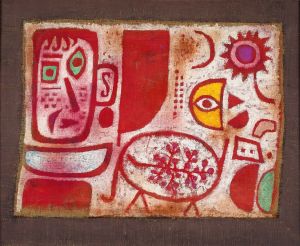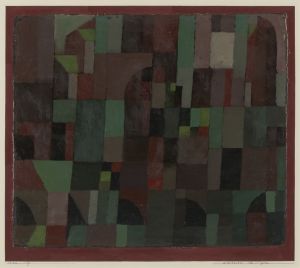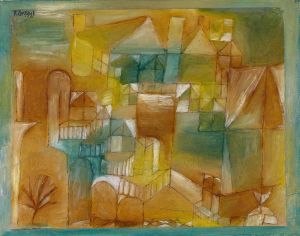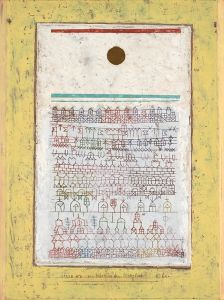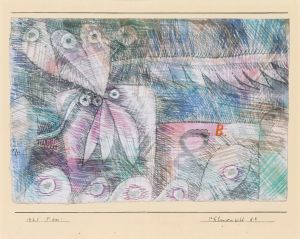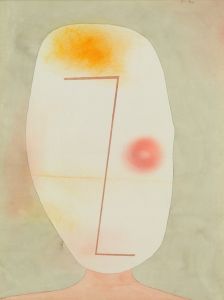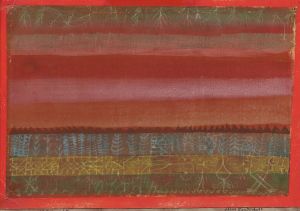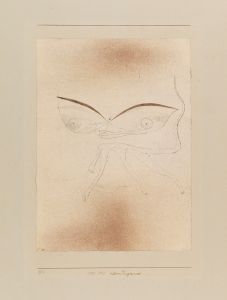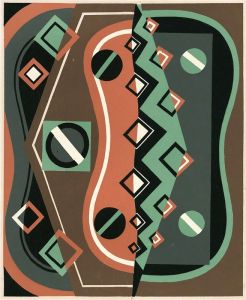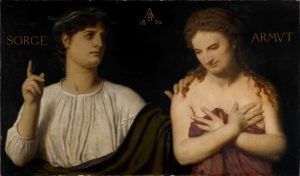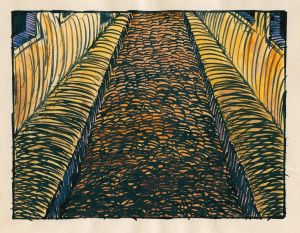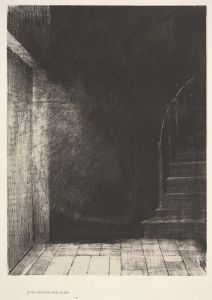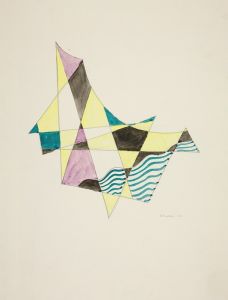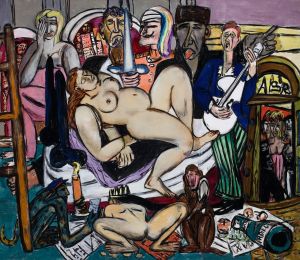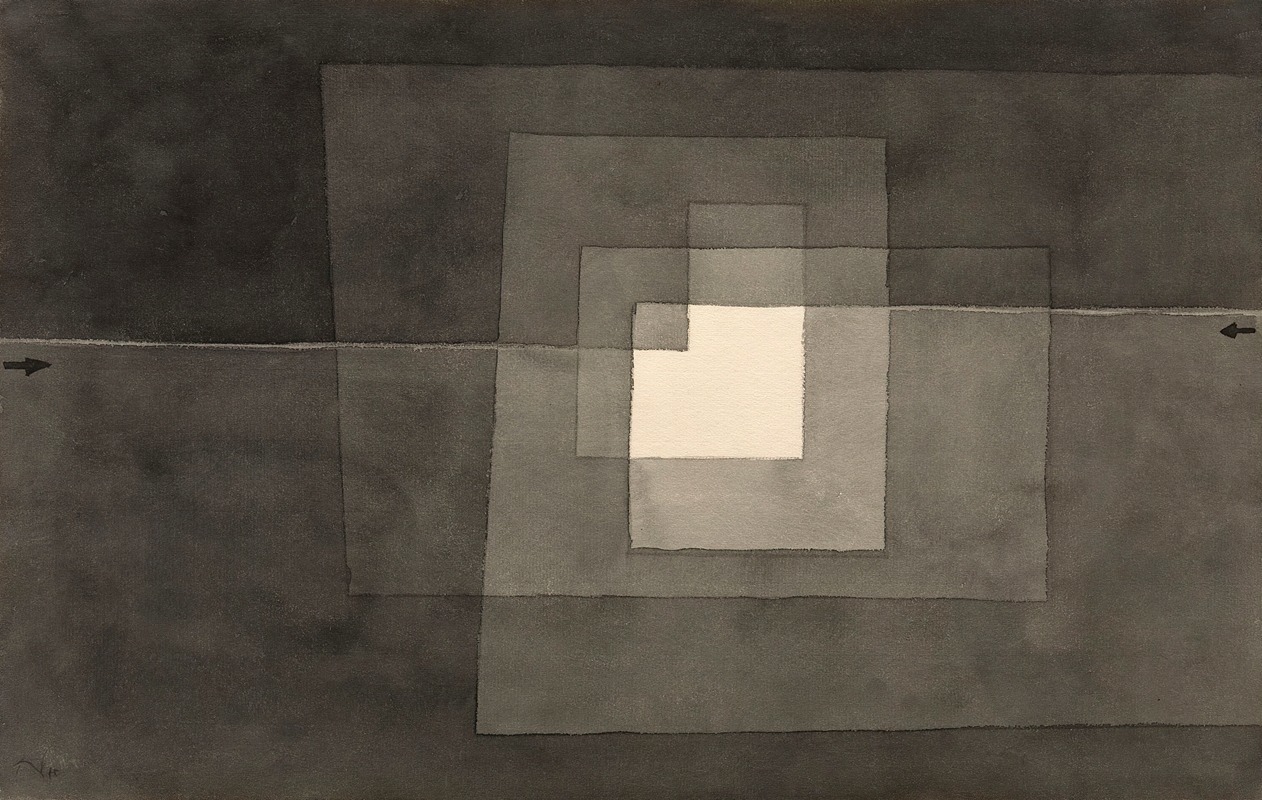
Two Ways
A hand-painted replica of Paul Klee’s masterpiece Two Ways, meticulously crafted by professional artists to capture the true essence of the original. Each piece is created with museum-quality canvas and rare mineral pigments, carefully painted by experienced artists with delicate brushstrokes and rich, layered colors to perfectly recreate the texture of the original artwork. Unlike machine-printed reproductions, this hand-painted version brings the painting to life, infused with the artist’s emotions and skill in every stroke. Whether for personal collection or home decoration, it instantly elevates the artistic atmosphere of any space.
Paul Klee's "Two Ways" is a notable work by the Swiss-born artist, created in 1917. Klee was a prominent figure in the early 20th-century art world, known for his unique style that blended elements of expressionism, cubism, and surrealism. His work often featured a playful use of color and form, and "Two Ways" is a prime example of his innovative approach to art.
The painting "Two Ways" is characterized by its abstract composition, which reflects Klee's interest in exploring the dualities and complexities of life. The title itself suggests a theme of choice or divergence, which is visually represented through the intersecting lines and shapes within the artwork. Klee's use of geometric forms and a limited color palette creates a sense of balance and harmony, while also inviting viewers to interpret the possible meanings behind the composition.
Klee's artistic philosophy was deeply influenced by his experiences and the cultural movements of his time. He was associated with the Bauhaus school, where he taught alongside other influential artists such as Wassily Kandinsky and László Moholy-Nagy. The Bauhaus emphasized the integration of art, design, and architecture, and Klee's work often reflected these interdisciplinary principles. His teaching at the Bauhaus also allowed him to further develop his theories on color and form, which are evident in "Two Ways."
In addition to his involvement with the Bauhaus, Klee was influenced by his travels and exposure to various artistic traditions. His visits to Tunisia in 1914 had a profound impact on his use of color, as he was inspired by the vibrant hues and light of the North African landscape. This experience contributed to his development of a more abstract and symbolic style, which can be seen in "Two Ways."
Klee's work is often described as having a childlike quality, due to its simplicity and whimsical nature. However, beneath this apparent simplicity lies a complex exploration of philosophical and existential themes. "Two Ways" can be seen as a reflection of Klee's interest in the dualities of life, such as order and chaos, light and dark, and the conscious and unconscious mind.
Throughout his career, Klee produced over 9,000 works, and his influence on modern art is widely recognized. His innovative use of color and form, as well as his ability to convey complex ideas through seemingly simple compositions, has made him a key figure in the history of art. "Two Ways" is a testament to Klee's unique vision and his ability to challenge traditional artistic conventions.
Today, Paul Klee's works are held in major collections around the world, and his legacy continues to inspire artists and art enthusiasts alike. "Two Ways" remains an important piece within his oeuvre, exemplifying his mastery of abstraction and his enduring exploration of the human experience.





